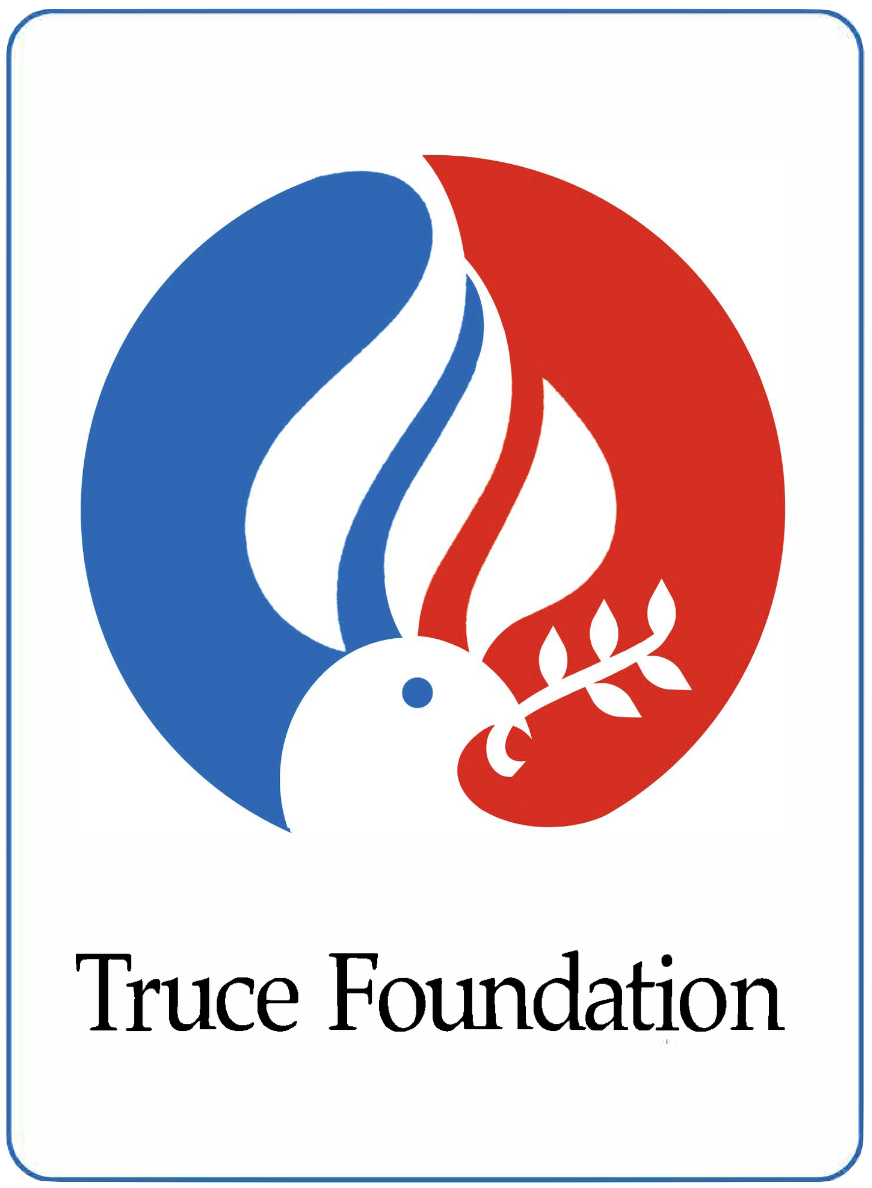how the truce has made a difference
- 1994, the Lillehammer Winter Games. The former Federal Republic of Yugoslavia was allowed to participate in the Games of the XXV Olympiad in Barcelona and the XVII Olympic Winter Games in Lillehammer despite ongoing wars. A delegation from the International Olympic Committee (IOC) visited Sarajevo in 1994 to extend its solidarity to the City that organized the XIV Olympic Winter Games in 1984.
- 1998, the Nagano Winter Games. During a time when tension in the Persian Gulf region was high, UN Secretary General Kofi Annan intervened to seek a diplomatic resolution to the crisis in Iraq. In a release from the International Olympic Committee, the Secretary General was quoted, I call upon all nations to observe the Olympic truce.
- 2000, the Sydney Summer Games. During the Opening Ceremony, South and North Korean delegations walked into the stadium together, under the same flag. It was the first Olympic Games event where the two divided countries walked side-by-side.
- 2004, the Athens Summer Games. The Olympic Truce was promoted through Olympic Flame Relay events. The UN supported the IOC in asking the nations of the world to stop all wars for 16 days during these Games. Athletes from warring rivals North and South Korea processed in together at the Opening Ceremonies.
- 2006, the Turin Winter Games. During these Games, athletes and officials showed support for the Olympic Truce by signing one of the three walls in each of the three Olympic Villages (Turin, Sestriere and Bardonecchia). Athletes from warring rivals North and South Korea processed in together at the Opening Ceremonies.
- 2010, the Vancouver Winter Games. Truce projects were rooted in an open invitation for people to 'Make Your Peace;' which asked individuals to create everyday peace at home, schools, work and in their community. Projects included delivering Olympic Spirit Boxes filled with hockey, soccer, lacrosse, baseball, and basketball equipment to 20 Aboriginal communities in Northern Canada;[8] an Olympic Truce Youth Dialogue with Canada's Governor General;[9] and an art installation titled "Room to Make your Peace".
- 2012, the London Summer Games. Member of the House of Lords, Michael Bates, Baron Bates, walked over 3000 miles from Olympia to London to highlight the opportunity to bring the Olympic Truce into play during the 2012 London Summer Games. Through his Walk for Truce, Lord Bates was successful in securing pledges from a number of governments to sign and implement the Truce. He was supported on his journey by the British Foreign Office. He arrived back in London on February 15, 2012 and continues to lobby for the cause of the Olympic Truce. London organizers encouraged young people across the UK to discuss what the Olympic Truce meant to their lives, and undertake an activity to promote peace within their school or community. Many local civic projects used sport or culture to promote conflict resolution, reconciliation and peace in local communities, including gang rivalries. In one case, 200 schools debated the theme of the Olympic Truce at a Model UN conference.
- 2018, the PyeongChang Winter Games. The Olympic Truce has helped manage intense political tension on the Korean Peninsula, as North Korea resumed talks with South Korea for the purpose of participating in the XXIII Olympic Winter Games. A first time one country has hosted another country while both technically engaged in war with each other.
